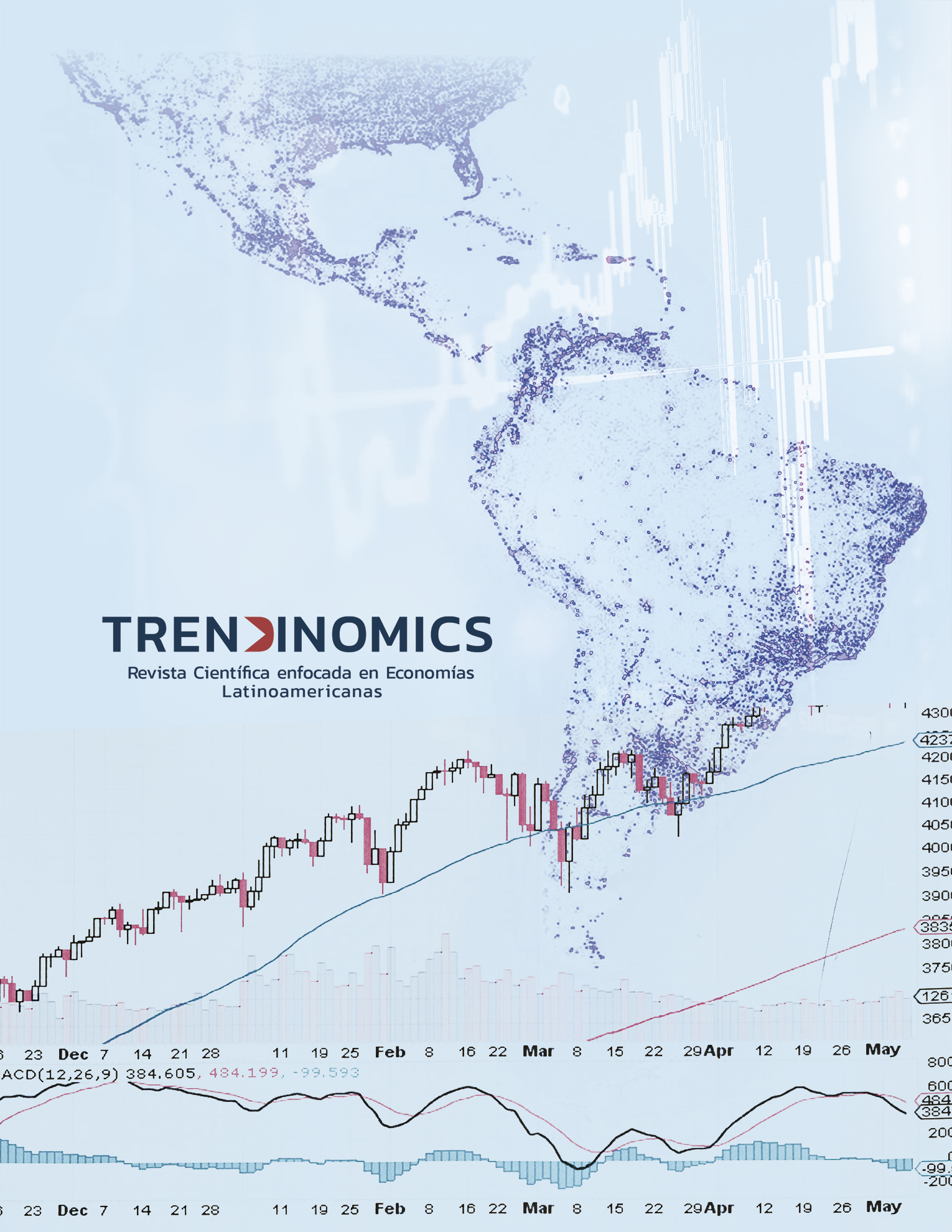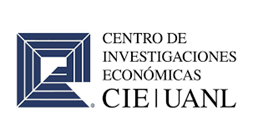Evaluando los efectos del horario de verano en el sector industrial: evidencia de México
DOI:
https://doi.org/10.29105/trendinomics.v1i1.3Palabras clave:
Diference in diference, electricity consumption, Mexico, time seriesResumen
Utilizamos una serie temporal única de consumo eléctrico por tipo de cliente final y la metodología de diferencias en diferencias (DID) para evaluar el efecto del horario de verano (DST) en el consumo eléctrico del sector industrial mexicano. Como era de esperar, nuestros resultados indican que los clientes industriales no modifican significativamente su consumo eléctrico en respuesta al DST.
Descargas
Citas
References
Arisoy, I., & Ozturk, I. (2014). Estimating industrial and residential electricity demand in Turkey: A time varying parameter approach. Energy, 66, 959–964. https://doi.org/10.1016/j.energy.2014.01.016
Aries, M. B. C., & Newsham, G. R. (2008). Effect of daylight saving time on lighting energy use: A literature review. Energy Policy, 36(6), 1858–1866. https://doi.org/10.1016/j.enpol.2007.05.021
Chen, Y., Liu, J., Pei, J., Cao, X., Chen, Q., & Jiang, Y. (2014). Experimental and simulation study on the performance of daylighting in an industrial building and its energy saving potential. Energy and Buildings, 73, 184–191. https://doi.org/10.1016/j.enbuild.2014.01.030
Flores, D., & Luna, E. M. (2019). An econometric evaluation of daylight saving time in Mexico. Energy, 187, 116124. https://doi.org/10.1016/j.energy.2019.116124
Havranek, T., Herman, D., & Irsova, Z. (2018). Does Daylight Saving Save Electricity? A Meta-Analysis. The Energy Journal, 39(2), 35–61. https://doi.org/10.5547/01956574.39.2.thav
Descargas
Publicado
Cómo citar
Número
Sección
Licencia
Derechos de autor 2025 Daniel Flores Curiel, Edgar Mauricio Luna Domínguez, Vitaly Kalashnikov

Esta obra está bajo una licencia internacional Creative Commons Atribución 4.0.









